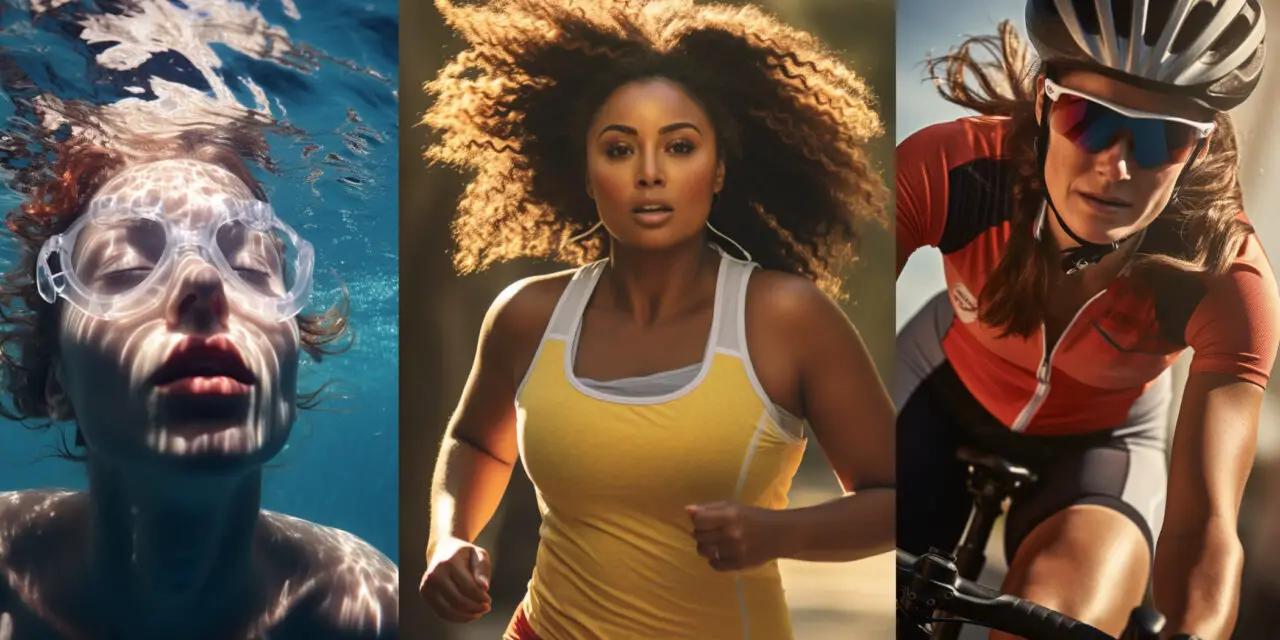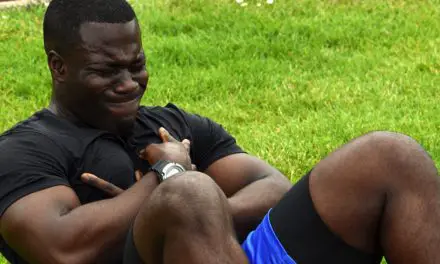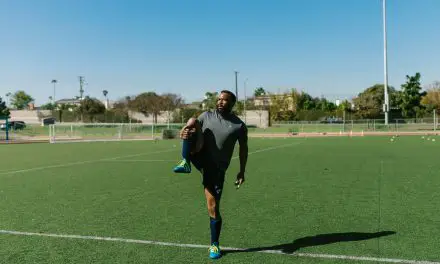The SAID principle (acronym for “specific adaptation to imposed demands”) basically means that when your body undergoes some form of stress, like exercise, it will adapt to that stress so that you perform better in the future. Your body will also require less effort and energy to do the work. And if the movement patterns that you’re training are similar to the activity you’re training for, then there’s a greater carryover effect.
Our knuckles get harder and less painful when we train for boxing or muay thai. Our thigh muscles grow from heavy squatting and leg pressing at the gym. Our heart and lungs get more efficient in delivering oxygen and removing carbon dioxide. And our nervous system develops neural patterns that help us move better to the point where we don’t think about how to move (e.g. walking, playing a guitar).
It’s like learning a new language. If you’re already fluent in Spanish, then learning French or Portuguese would be easier than German or Chinese.
And so, weight training will get you stronger, but that strength you gain does not necessarily transfer to activities that require specific movement patterns and energy demands, based on the SAID principle. Working out on a chest press machine won’t improve your bench press much.
SAID principle in training example
Back in 2013, I was training with a lion dance troupe in Southern California. I’ve always wanted to experience what it was like to be a lion dancer since I was a kid, and this traditional Chinese art is no walk in the park. There was a lot of training in the horse and bow stances, repetitive lifting, shaking, and pulling down of the lion’s head, and bending forward constantly, especially when I was the lion’s rear.
Because I didn’t have a lion head at home to train with, I used a ViPR to simulate the jerking and pulling movements, as demonstrated in the video above. It wasn’t a perfect match with the actual lion head, but it was the best tool I had to train with.
I could’ve used kettlebells or dumbbells to do fast shoulder presses, but I had remembered the SAID principle. If I want to get better at a sport or activity, then I should train in ways that is similar to the movement patterns and energy demands of that sport or activity.
For example, doing free weight shoulder presses would have a greater movement carryover than doing shoulder presses on a machine in a seated position. And using a ViPR or a similar tool to mimic the movement patterns of the lion head dance has a greater carryover than doing shoulder presses. The hand position to hold the ViPR and its weight distribution are more similar to holding the lion’s head than a kettlebell or dumbbell. And so, the SAID principle is useful in determining what exercise you should do to maximize performance.
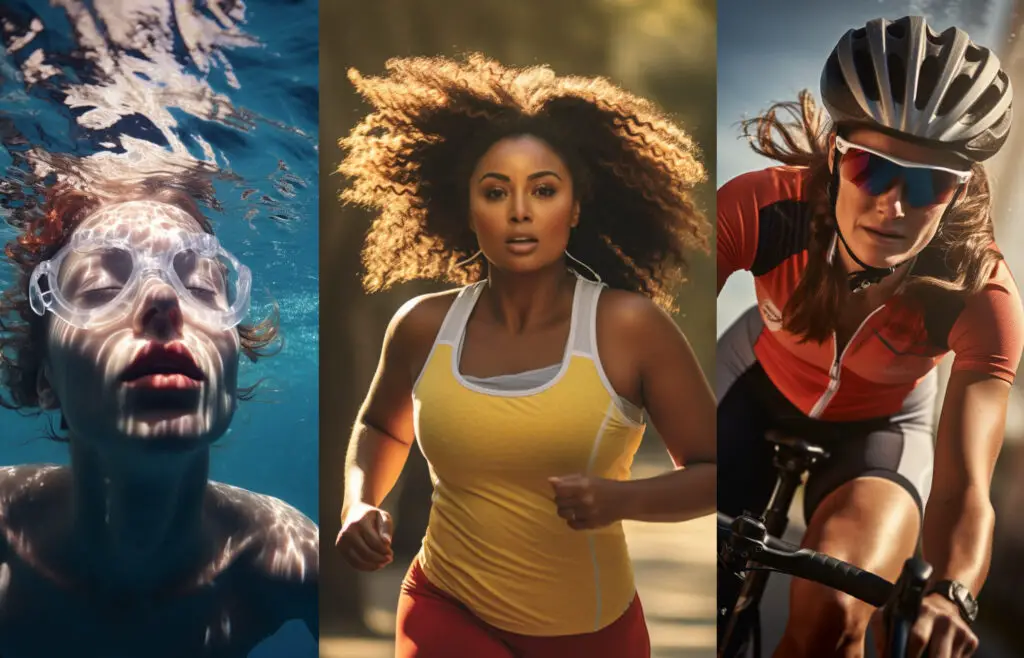
Triathletes must train in all three modes of aerobic exercise. They cannot just train in one type and hope that they will perform well in the other two. (Image via Midjourney by Nick Ng)
SAID principle in exercise research
Research supports the SAID principle based on examining how well athletes and other populations perform a specific activity based on a training style.
For example, running and cycling has some cardiovascular carryover to actual running, but the two activities have almost no such carryover to swimming. Also, running has a greater carryover in lactate threshold improvement than cycling.
Another study showed that subjects who were trained in cycling had a greater improvement in ventilatory threshold than those who trained in running, even though both groups had similar improvements in their VO2Max. And so, this is why triathletes must train in all three activities.
In the world of strength training and anaerobic sports, similar crossover effects have been found in various studies. One study published in the European Journal of Applied Physiology found that subjects who trained with lower reps and higher intensity had a higher improvement in the maximal strength testing after eight weeks of training than the intermediate and high-rep groups.
However, those who trained with higher reps and lower intensity outperformed the other groups when doing the 60% of the one-rep max test. Interestingly, all groups had similar muscle hypertrophy at the end of the study.
[Related: Weight training: How Many Sets and Reps Should I Do?]
Strength gains are also joint specific, meaning that you get the best strength gains when you train within a specific range of motion. For example, doing quarter squats will only improve quarter squats, not so much in half squats or full squats.
Also, doing quarter squats may improve sprinting performance and vertical jump squats where half squats and full squats provide not much improvement. Perhaps the range of motion demands in those two activities only required the range of motion provided by quarter squats.
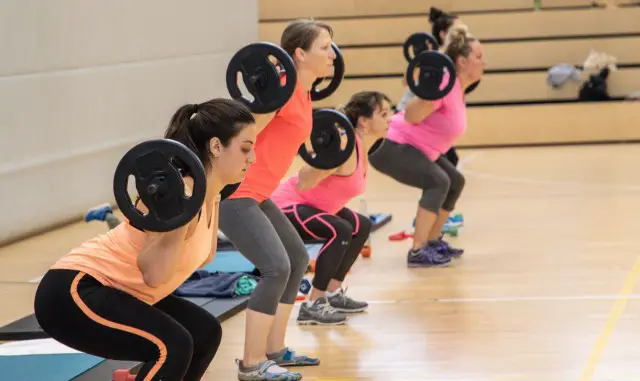
How low you want to squat can affect how well you can perform in other activities, such as sprinting. (Photo: Pfc. Ashunteia Smith, U.S. Army photo)
A Brazilian study published in the Journal of Strength and Conditioning Research found that power training seemed more effective in squat jump performance than strength training, even though both types of training had no effect on the movement patterns of squat jumps and counter-movement jumps.
A 2014 Japanese study of 11 male teenage soccer players found that dynamic trunk stabilization exercises (e.g. quadruped extension, single-leg bridge) improved the scores on the Star Excursion Balance Test (SEBT) while traditional core exercises, like sit-ups and back extensions, did not. The researchers suggested that such dynamic core exercises should be used as part of soccer players’ warm-ups.
Takeaway
The next time you workout, keep these examples in mind:
- If you want to improve your sprinting deceleration, eccentric training is better than concentric training.
- If your activity requires partial ranges of motion, partials are better than full range of motion exercises.
- If you want to improve power and speed, high-velocity training is better than low-velocity training.
- If your activity requires you to produce a constant load (e.g. carrying something heavy over a distance), train with a constant load.
- To get stronger in unstable environments, train under those conditions instead of a more stable one.
Of course, it’s better to train the actual skill itself whenever possible. But if you cannot train the actual skill, you should train as close to the movement pattern and physiological demands as possible with what you have.
A native of San Diego for nearly 40 years, Nick Ng is an editor of Massage & Fitness Magazine, an online publication for manual therapists and the public who want to explore the science behind touch, pain, and exercise, and how to apply that in their hands-on practice or daily lives.
An alumni from San Diego State University with a B.A. in Graphic Communications, Nick also completed his massage therapy training at International Professional School of Bodywork in San Diego in 2014.
When he is not writing or reading, you would likely find him weightlifting at the gym, salsa dancing, or exploring new areas to walk and eat around Southern California.

